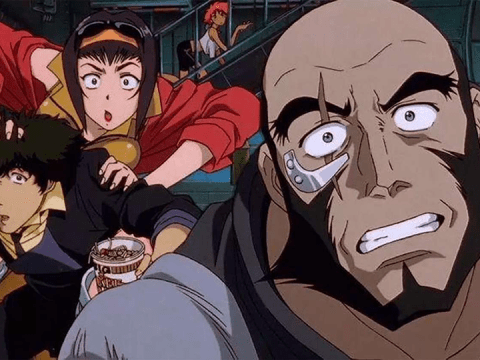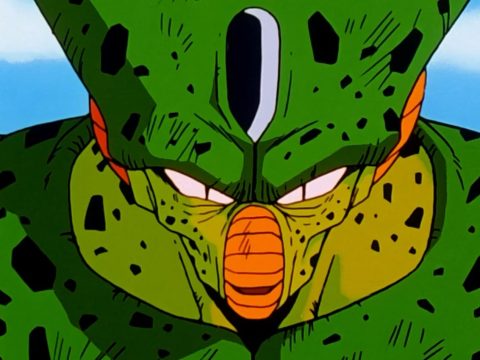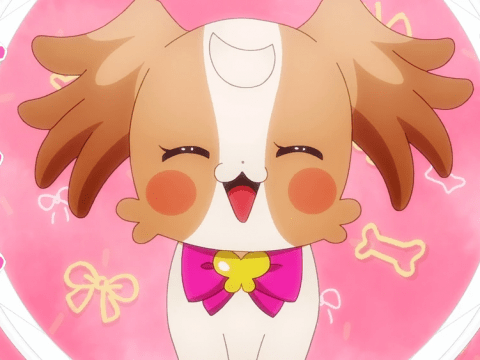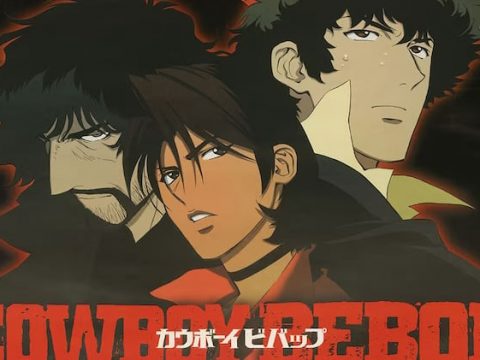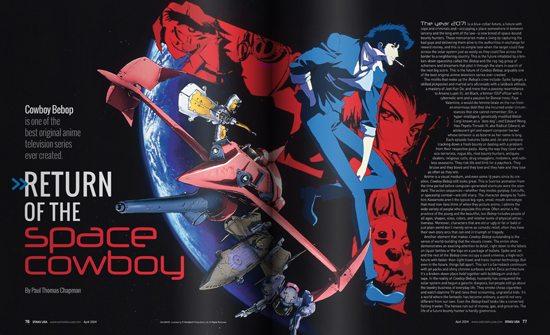
Cowboy Bebop is like anime’s White Album. In the 15 years since the crew of the Bebop—Spike, Faye, Jet, Edward and the highly intelligent Welsh Corgi Ein—blasted onto TV, it’s become one of the most well-known anime series of all time.
But there’s still plenty to be said about the world created by Shinichiro Watanabe and the folks at Sunrise, and you’ll find some of it in Paul Thomas Chapman’s article, “Return of the Space Cowboy,” back in the April issue of Otaku USA Magazine. Chapman writes about what’s given the futuristic bounty-hunter series its staying power.
The 26-episode show had a cast of memorable and mysterious characters, Chapman writes, from the laid-back and iconic Spike Spiegel to Edward Wong Hau Pepelu Tivruski IV, the bizarre young computer savant. The show was about the bounty-hunting crew of the Bebop and their adventures chasing down everyone from murderers to hallucinogenic mushroom smugglers to the big bad, Vicious, an old nemesis of Spike’s.
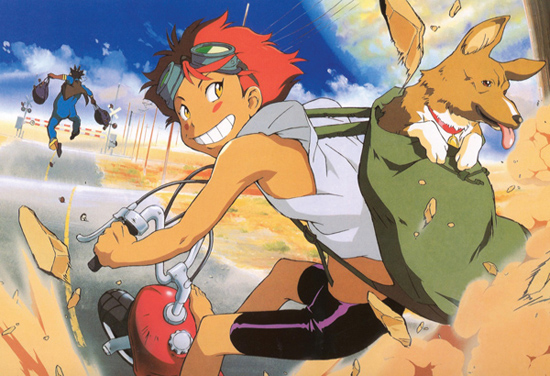
But despite the futuristic (2071, to be exact) setting of the 1998 series, one of the show’s most memorable facets was inspired by the past.
Yoko Kanno’s jazz-infused soundtrack set the tone for the show. Songs like “Tank!” and “The Real Folk Blues” are classics enough, but the music often took cues from the episode—session—it was in. Episodic songs (by Kanno’s band The Seatbelts) often had full lyrics and became classics in their own right, like “Live in Baghdad” and “Mushroom Hunting.”
“It takes a special conflux of talent to make a show that sounds as good as Cowboy Bebop does,” Chapman writes. “According to the scuttlebutt of the day, the musicians who produced the soundtrack chose to call their band The Seatbelts because their jam sessions were so intense that they needed to strap in.”

The show also bounced between cinematic genres, Chapman writes, like the physical comedy of the trippy episode “Mushroom Samba” and the Hong Kong-style action of “The Ballad of Fallen Angels.”
Chapman also hails the show’s popular dub, which is what most viewers on Adult Swim were introduced to in the early 2000s, a cast that included Steve Blum as Spike and Beau Billingsley as Jet, among others. The show helped establish the nascent Cartoon Network block as a home for anime and has been re-aired many times in recent years.
“Anime is a visual medium, and even some 15 years since its creation, Cowboy Bebop still looks great,” Chapman writes.
The show was so popular that 2001’s Cowboy Bebop: The Movie (subtitled with the most obvious Bob Dylan reference possible, Knockin’ on Heaven’s Door) got a wide release in American theaters. And while original licensor Bandai Entertainment has long since exited the industry and the last DVD set was released in 2008, the Bebop will indeed fly again. FUNimation announced last August plans to re-release the show on Blu-ray and digitally this year. No exact release date has yet been announced.

If you missed it on newstands, you can still pick up the April issue at our online store and read Chapman’s full piece on Cowboy Bebop. If you haven’t already, be sure to subscribe to get more of the best anime news, reviews and opinions in your mailbox.


